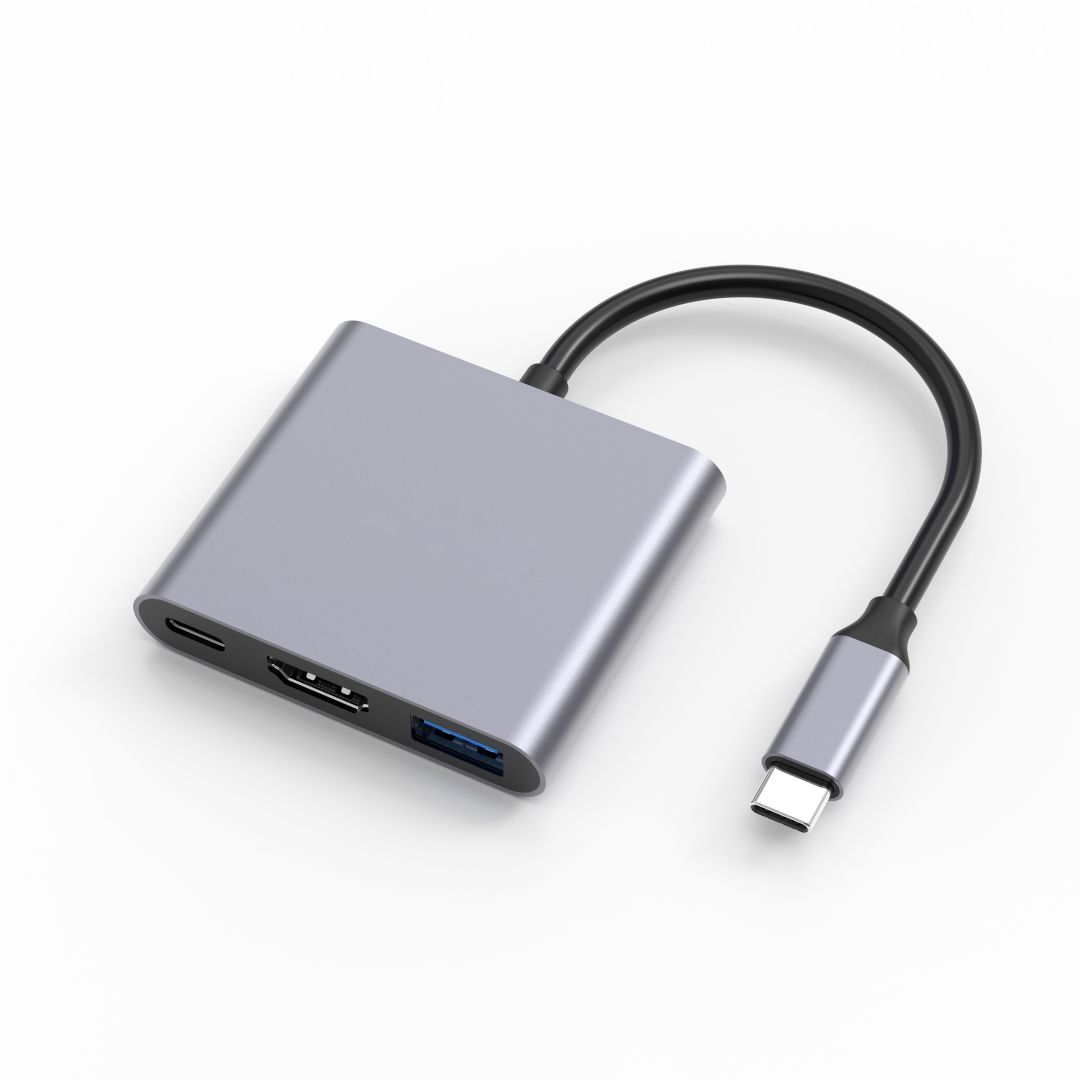Exploring the Impact of Hubs on Computer Performance

With the rapid advancement of technology, hubs have become an essential component in connecting multiple devices to a single network. However, an important question arises: is the hub easy to damage the computer? In this article, we will delve into this topic, providing a comprehensive overview of how hubs can potentially impact computer performance.
1. Understanding the Functionality of a Hub
A hub is a simple networking device that serves as a central connection point for devices within a network. It allows various devices, such as computers, printers, or scanners, to communicate with each other and share resources. Hubs are mainly categorized into two types: active hubs, which amplify and regenerate signals, and passive hubs, which simply distribute signals without altering them.
2. Potential Risks Associated with Hubs
While hubs are generally considered helpful in network connectivity, they do pose some risks to computers. One of the primary concerns is the limited bandwidth of a hub. Since hubs operate on a shared medium, the available bandwidth is divided among all the connected devices. This can lead to network congestion and reduced performance, especially when multiple devices are heavily using the network simultaneously.
Additionally, hubs lack built-in security measures. This means that any device connected to a hub can potentially access all data transmitted within the network. Without appropriate security measures, sensitive information may be compromised, making the computer vulnerable to cyber-attacks.
3. Mitigating Risks and Alternative Solutions
Despite the potential risks, there are steps that can be taken to minimize the negative impact of hubs on computer performance. Firstly, using a switch instead of a hub can significantly improve the network's overall performance. Switches offer dedicated bandwidth for each connected device, allowing for efficient data transmission without congestion.
Furthermore, implementing appropriate security measures, such as firewalls and encryption protocols, can protect the computer and network from unauthorized access. Regularly updating network devices' firmware and software also helps ensure optimal performance and security.
In conclusion, while hubs serve as a convenient tool for network connectivity, they do come with certain risks that can impact computer performance. By understanding these risks and implementing alternative solutions, such as switches and security measures, users can mitigate potential damages and ensure a safe and efficient network environment.



